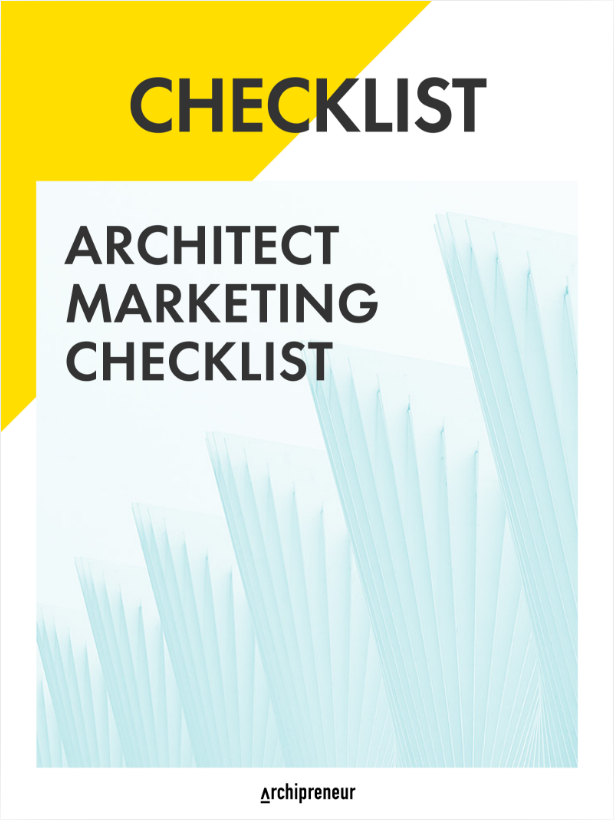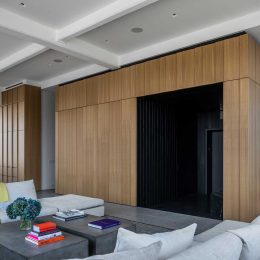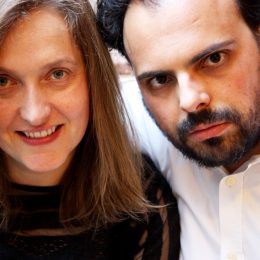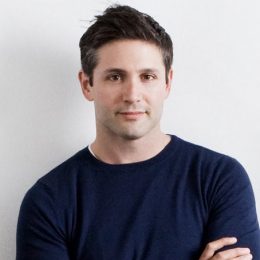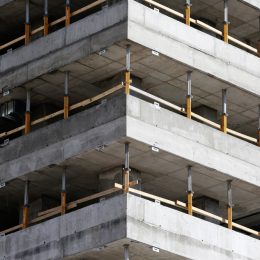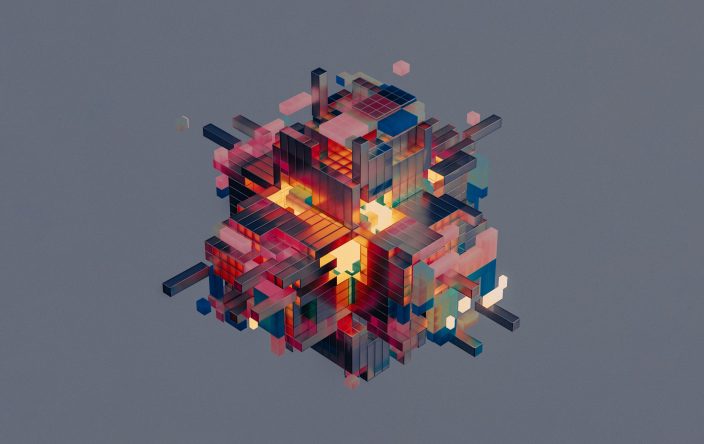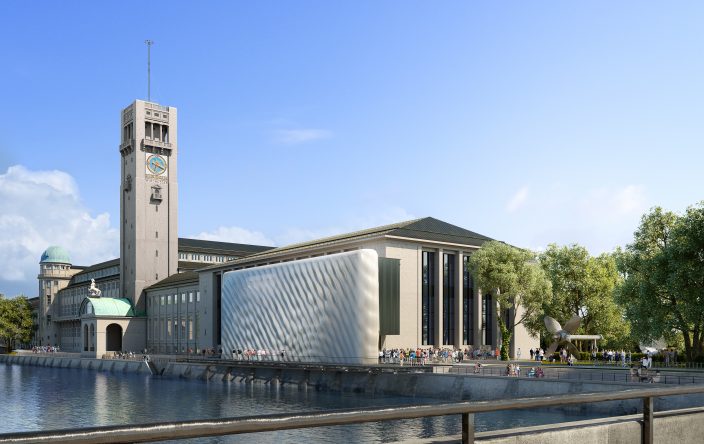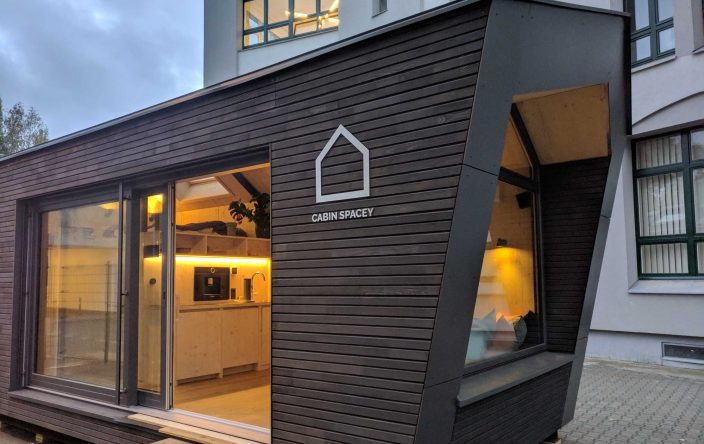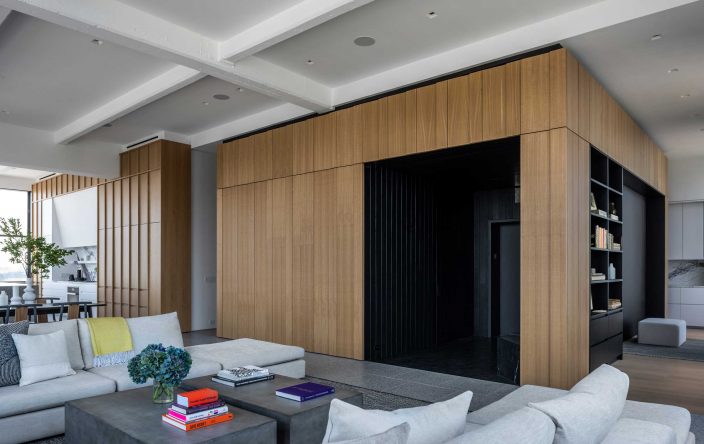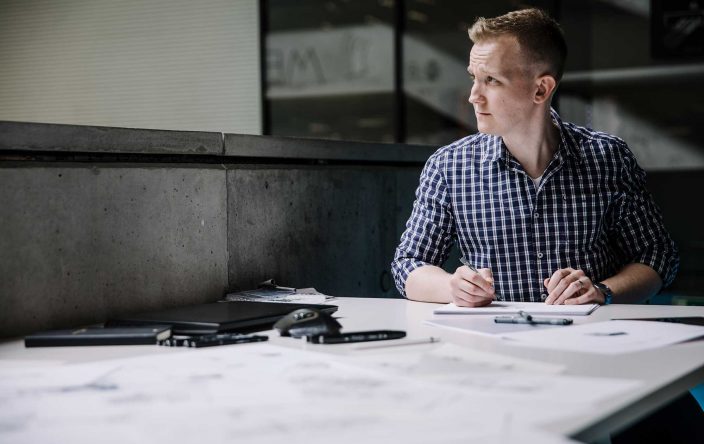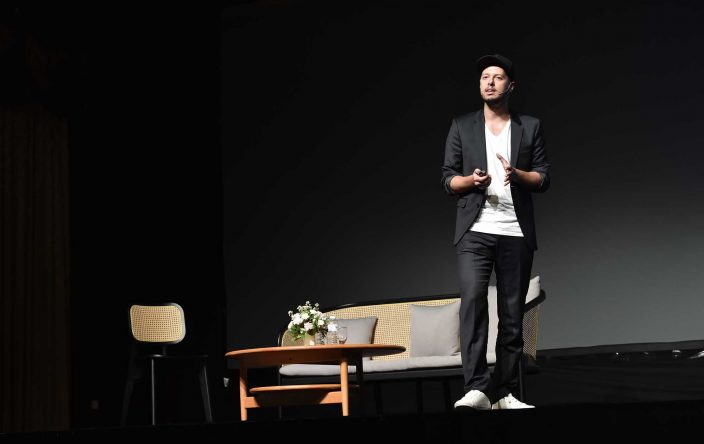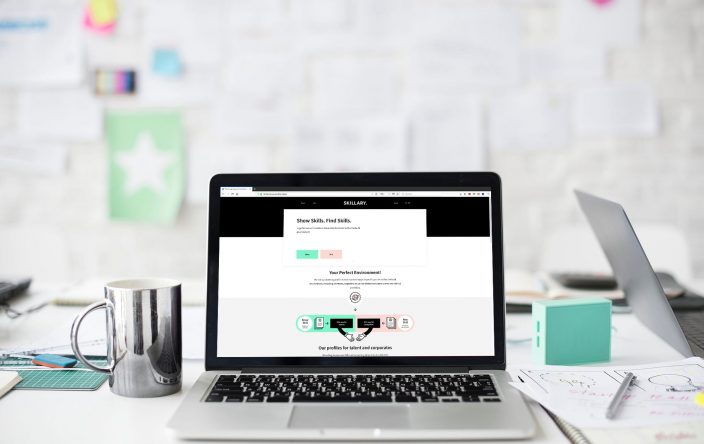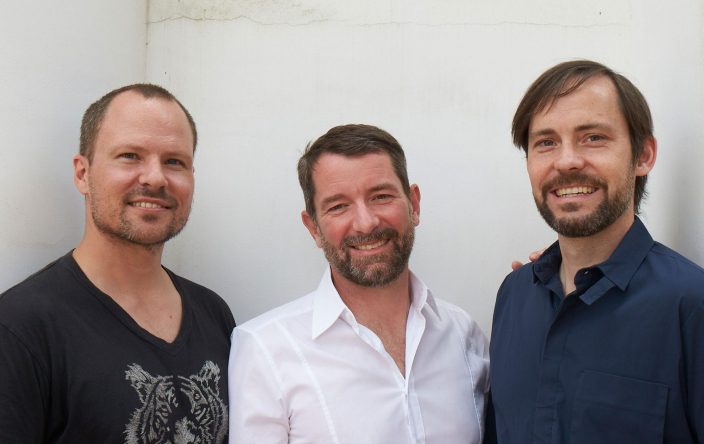
Design Tools for Sustainable Building: Cove.Tool Automates Energy Optimizations
cove.tool is a software product grown and developed by Pattern r+d, a sustainability consulting firm led by building scientists and architects Patrick Chopson and Sandeep Ahuja. From their vast experience working on high profile projects with complex stakeholder groups, they identified the need for a decision-making tool which could assess options for cost and energy savings in an easy to-understand graphical format. Shortly thereafter, the first version of cove.tool was born.
Could you tell us a little about your background and how you came up with the idea of cove.tool?
I think my career path was influenced by my upbringing. Since my father was a diplomat, growing up we moved to a new country every four years. We moved to a new place with a new climate zone, new building types and a new culture, and I believe this exposure to different environments interested me and pushed me to become an architect.
While practicing as an architect, I kept wanting to design green buildings, but I had no real way of quantifying this impact. I wanted to understand how one solution better or greener than other solution quantitatively, but there were no numbers. The information I found was very general, saying a solution is green, so therefore it’s great.
That’s what brought me to my Master’s program at Georgia Tech. I concentrated my studies on building physics and high-performance building design. This jump-started my career into sustainability consulting, energy modeling and building performance.
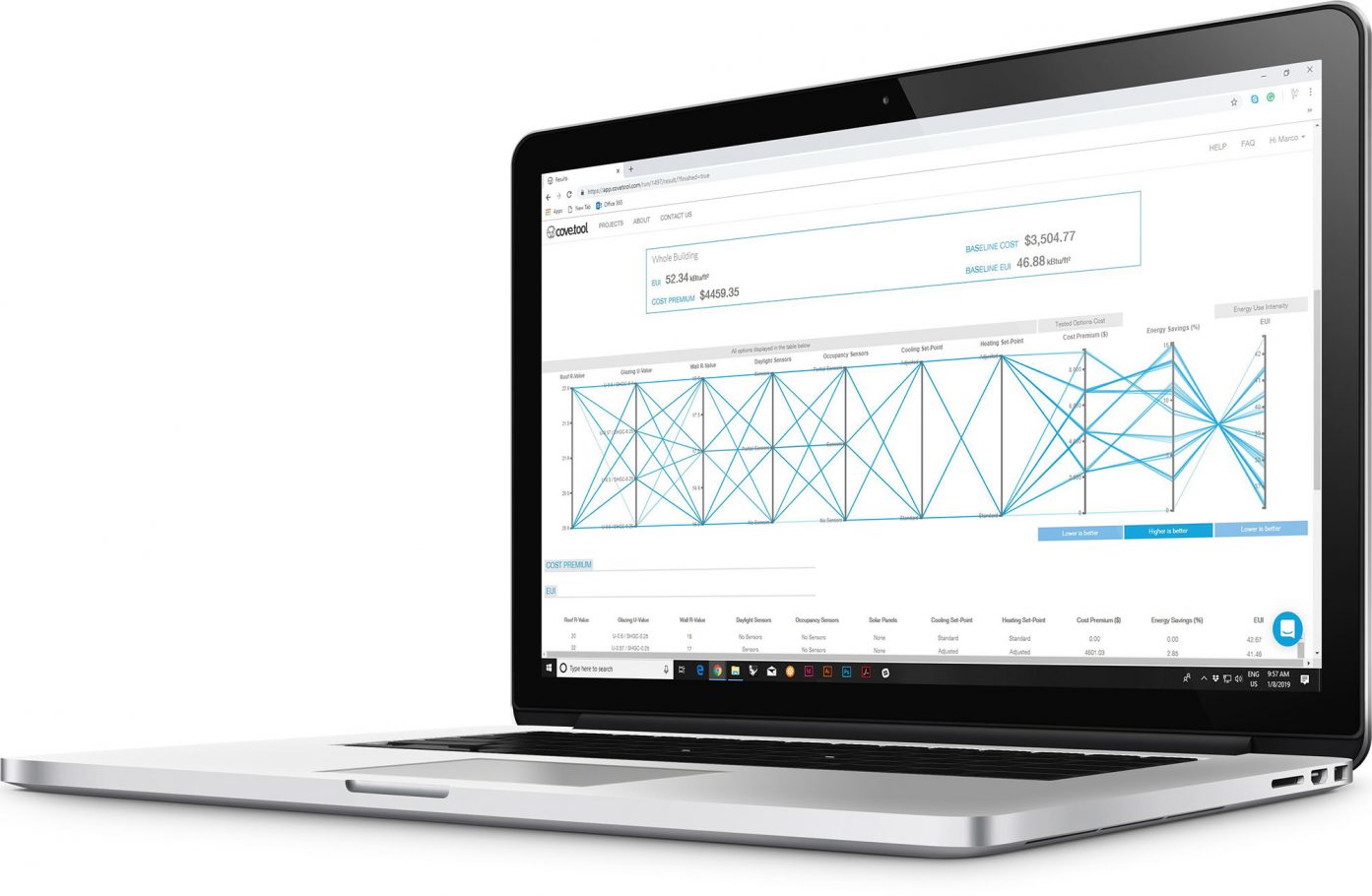
After my studies I worked at a large firm and I started their energy lab, a small consulting unit serving 26 offices across the globe. It developed like a startup inside a giant company.
Soon after that, I founded our sustainability consulting company called Pattern R+D. The consulting company grew rapidly, which confirmed the strong need. We worked as Pattern R+D for a few years on many amazing projects, but then we realized there were some parts of our process that were the same manual process over and over again.
We had the idea to automate these parts of our process instead of continuing to do it manually. That is how cove.tool started, by automating our own consulting company to make it even more efficient and process-driven. Once we had the software, we began selling it and everyone wanted it. We’ve just been adding features ever since.
Who is the founding team behind cove.tool?
Patrick Chopson and I both originally came up with the idea, and got in touch with Daniel, our CTO, to be a part of this vision.
Patrick and I met at Georgia Tech and we were in the Master’s program together. We both have a background in architecture, sustainability and high-performance building. Patrick also has a background in mechanical engineering.
We didn’t have a beautifully written software at first. We gained a lot of traction with our early software, which was hacked together code connecting this plug and that plug, but it needed improvement. Later we brought on Daniel to be our CTO, to actually write the software beautifully.
What exactly is the core product of cove.tool?
If you’re one of our core clients, you’re either an architect, a mechanical engineer, a sustainability consultant, an owner or a contractor.
To get an energy model, our core clients would typically need to appoint an expensive energy modeler to the project. Maybe about two weeks later, this consultant could describe how a building is currently performing and make recommendations, but it’s a very time-intensive and expensive process.
cove.tool automates that entire process. Clients can use the software and select their building location, building size and provide some basic geometry. cove.tool can also automatically import the geometry and data from models in other programs like Revit, which is a BIM software, and from Rhino or Grasshopper for example.
The product evolved slowly from a consulting agreement to a software solution, so our first clients came right to us.
Then all of the energy modeling inputs are automated. They’re pre-coded based on an energy code. The moment a project is started for an office in California, or an office in Germany, cove.tool knows what the lighting requirements should be, what the HVAC requirements should be, has all of the weather data required and in less than five minutes, it can provide an energy number.
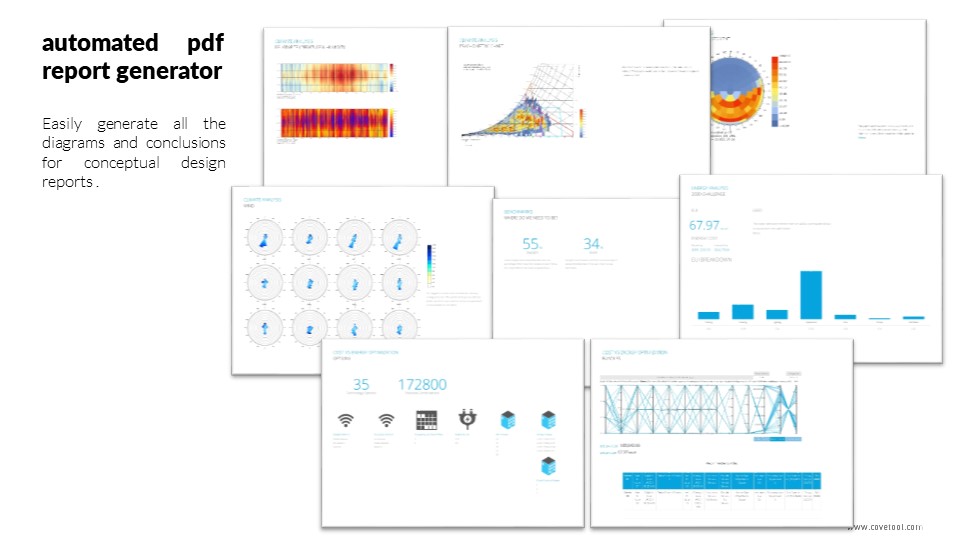
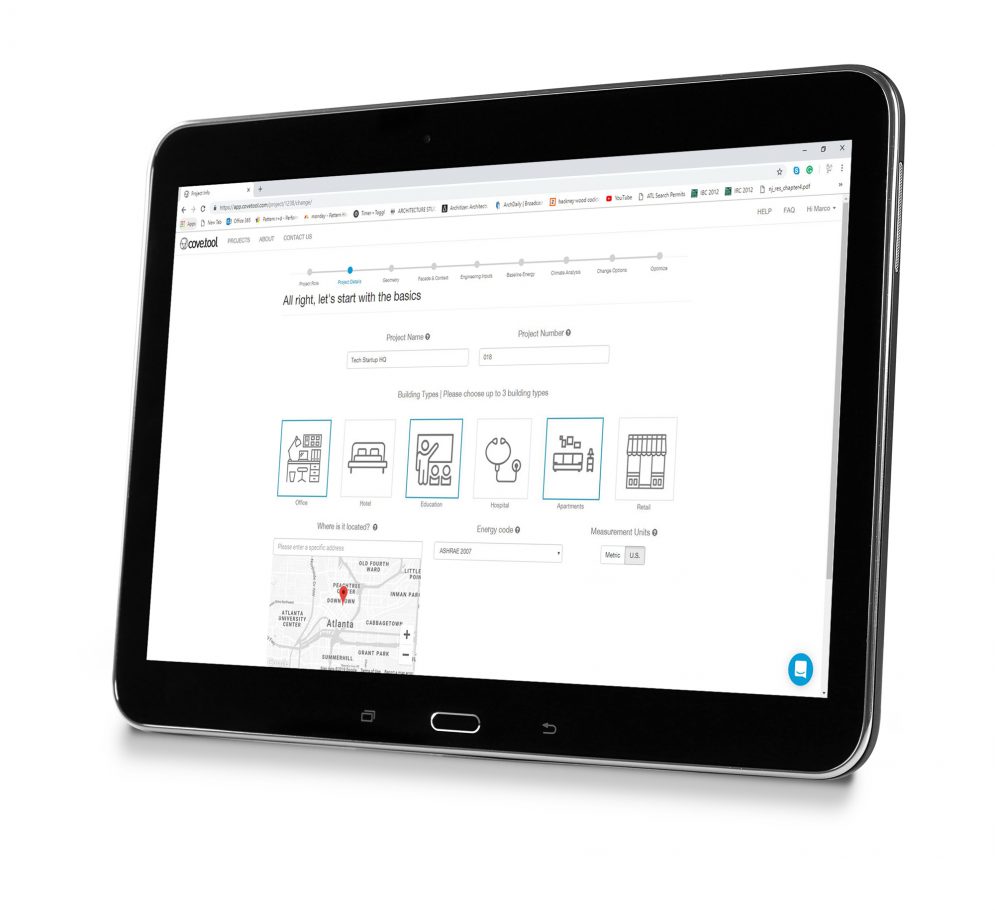
Then as the design develops and selections are made, for the type of roof, type of windows, type of walls, cove.tool can calculate the energy number for these elements in comparison to an energy goal. There are so many different products out there and for example, there’s no way of knowing that if the energy goal is 20% better than the energy code, where in the building to invest in products to improve the overall performance.
For example, should you buy the better glass, or the better roof, or spend money on the HVAC? You can define multiple options for all of these parameters, and it can run the entire optimization in the cloud for every option with every option to find the most cost-optimal ways, the cheapest way to get to your energy target. This is unique to our software.
Does that mean architects could also use your product within the design process of a building to test and improve different versions of the design in terms of the energy sufficiency?
Yes, you can vary the glazing percentage specifically for example or you can even change within the software. For example, you can change the window to wall ratio from 60% to 50% very easily. Or if you’re passionate about having a lot of window area, then you can change your glass type, and perhaps you would learn to then use a more efficient glass. This allows the user to consider all of these factors in an automated and optimized way, holistically. You don’t have to go back and change your geometry. Once your geometry is in, you can make all your changes within cove.tool. 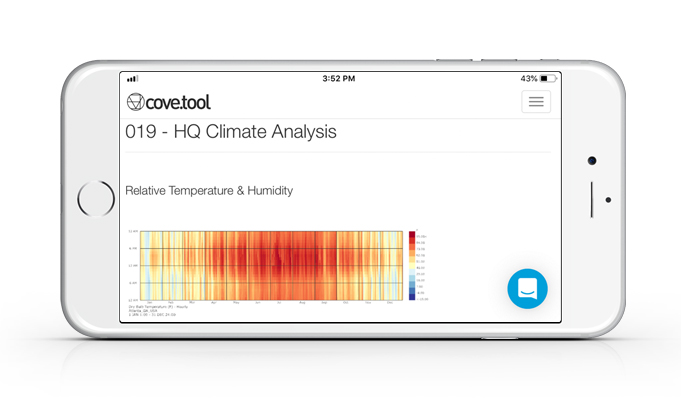
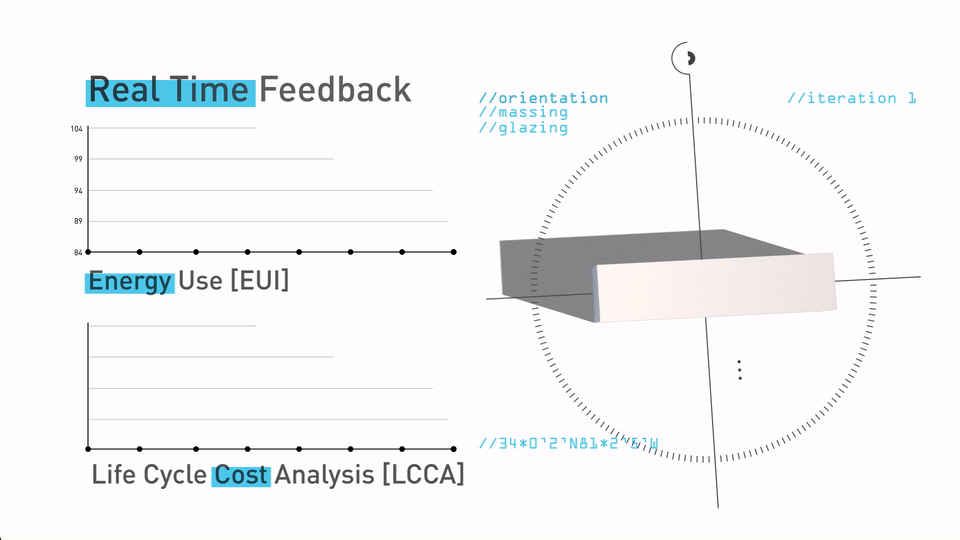
How do you deal with building codes which are regionally very different around the world?
That is a very complex issue and we do a lot of it manually. We created our own database code by code. Currently, the software supports all of North America including Canada and it’s based off of the ISO standard which is used in Europe for code compliance as well. We haven’t pre-loaded all of the ISO baselines in it yet, but that’s coming early 2019. We will start to support Europe in 2019.
How did you find your first clients when you launched your Minimum Viable Product (MVP)?
The product evolved slowly from a consulting agreement to a software solution, so our first clients came right to us. We were using the software while consulting and our clients asked for a software subscription because they had already seen it work. They saw how, for instance, in one project we did over at Emory University which was a $90 million building, they saved a little over half a million dollars by using our software which is a lot of money.
Our clients were then able to use that money elsewhere in the design. Since we already had many case studies with real numbers and real savings and real project teams that had tried it out, and we were able to publish these case studies, most of our first clients came to us. Then all of our future clients we’ve reached through email marketing, phone calling, webinars, trade shows, everything! Now we have thousands of customers.
What was your most effective marketing channel?
Email marketing and webinars. We have AIA accredited webinars where architects would get credits for participating, like the LEED Learning unit. We would show how to design and build a sustainable project using cove.tool. Each time we would show how to go from nothing to having fully complete brand-new project in less than 15 minutes. After a sample project, at the end we would show a case study which users found really helpful.
You recently closed a $750K seed round. Could you tell us more about the process of raising venture capital for your startup?
Our venture capital journey started after we won the Atlanta Startup Battle.That particular year, over 600 people had applied to that startup battle and the whole process took two-and-a-half-months. Once we won the startup battle, it opened a lot of doors for us because a lot of people then heard about us. From all of the investors I met, it seems they all either know each other or have heard of each other. Once we had our first set of investors by winning the startup battle, the other connections were made more easily. It opened the door to pitch to a few investors and they made our seed round.
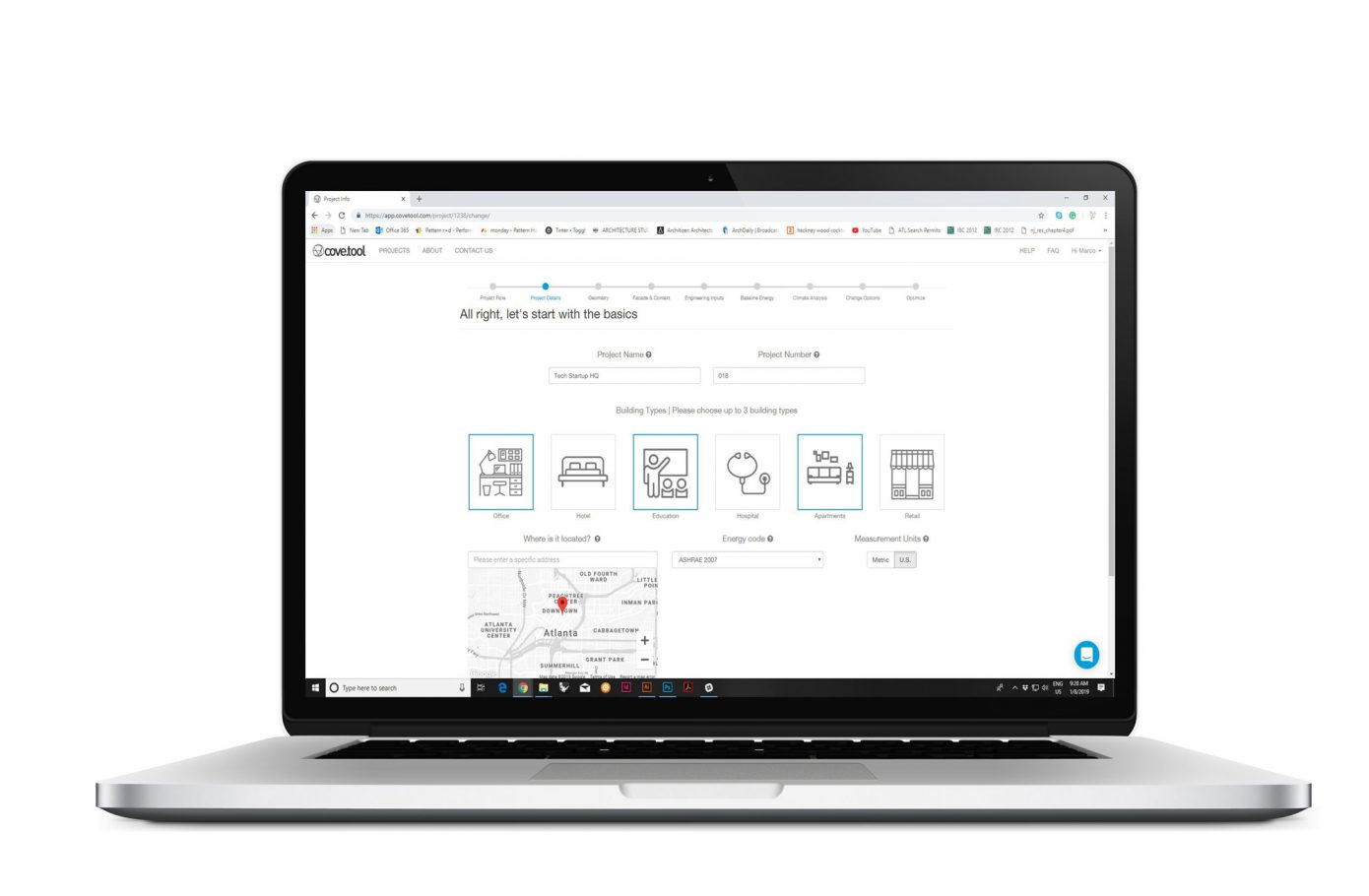
How did you calculate the amount of money you needed for your seed round?
This was a very rigorous process because we didn’t want to take too little that we ran out, but we didn’t want to take too much so we were giving away such a big chunk of the company. We did the calculation of what we thought all of our future hires were going to be, how many sales we were anticipating to make, essentially the total burn, total expenses.
Do you have any advice for Archipreneurs who are interested in starting their own company in the built environment?
There’s so much room for innovation. I truly do think that the AEC industry (Architectur, Engineering, Construction) is the slowest progressing of all industries out there. There’s still so much that needs to be done, that any good idea you come up with, you should do because there’s a very high chance you could be the first.
Also, bootstrap as far as you can. I think we were able to get a good valuation for our company because we already had a product and customers (from bootstrapping). Had we gone out to raise money with just an idea, we would have had to give away more than half of our company just to get little amount of money. I really think bootstrapping is a great idea early on, and then when you have a concept together and you’re raising money to grow your markets to get more customers, that’s the best time to raise capital.

What are your thoughts on the future of the built environment? How can it improve, and what continues to inspire you?
I feel it needs to be all more automated. There are too many manual steps. But anytime I say that in conferences, architects get a little worried that this implies taking the design away from the designer. That’s not the case. Automation would just take the chore out of the design work, so designers can truly design.
I feel it needs to be all more automated.
We are now able to design for the experience, and are not spending all our time validating, wondering if a building will pass the energy code, building code or meet the budget in the end. I feel all of those things, hopefully, will be automated. Some of them currently are, and more and more automation so that the people are able to spend their time a lot more efficiently and are able to concentrate on the user experience and what the space truly feels like, instead of how to fit 20 apartments in a certain amount of space. That should not be a designer’s problem. —
About Sandeep
Sandeep Ahuja
Co-Founder Cove.Tool
Sandeep Ahuja, co-founder of cost and energy optimization software cove.tool, Inc., has worked with a variety of clients in academic, hospitality, healthcare and corporate spheres. She is pioneering the integration of energy analysis into the design and construction process. She recently won the Atlanta 30 Under 30 Award for developing cove.tool, a unique methodology to optimize for cost in sustainable buildings. As a building performance specialist, Sandeep specializes in informing performance-related building decisions in careful consideration of cost.
Join our Newsletter
Get our best content on Architecture, Creative Strategies and Business. Delivered each week for free.
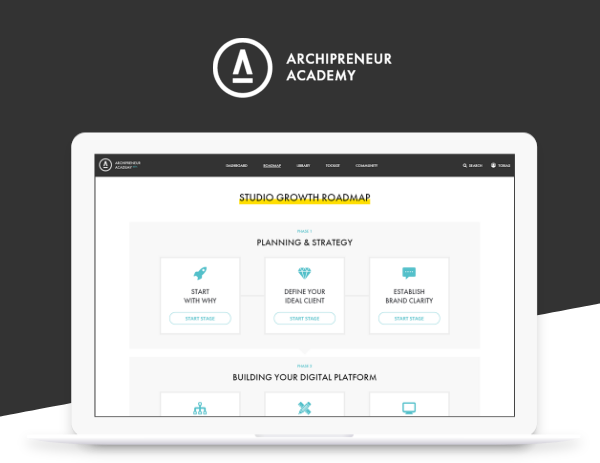
JOIN THE
ARCHIPRENEUR ACADEMY
- 9 Stage Studio Growth Roadmap
- Library of In-Depth Courses
- Checklists and Workbooks
- Quick Tips and Tutorials
- A Supportive Online Community









